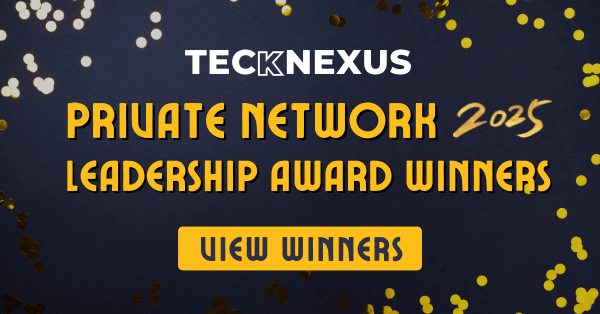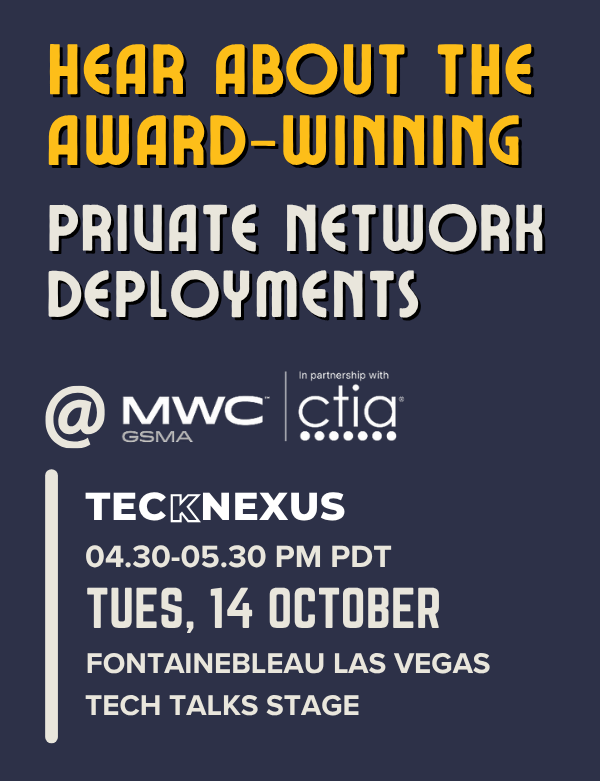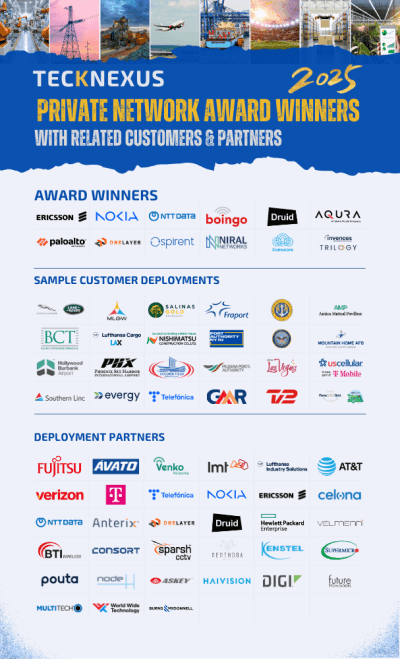Step into the dynamic world of wireless infrastructure with Carrie Charles on 5G Talent Talk as she sits down with Patrick Halley, the President and Chief Executive Officer of the Wireless Infrastructure Association (WIA). Discover Patrick’s unexpected journey into telecommunications and his pivotal role in shaping connectivity for all.
Patrick shares insights into WIA’s mission to advocate for widespread wireless infrastructure deployment, ensuring connectivity everywhere. Get an exclusive sneak peek into the upcoming Connectivity Expo “Connect (X)” in Atlanta, promising unparalleled opportunities for collaboration and knowledge exchange.
Explore WIA’s groundbreaking workforce development initiatives, including apprenticeship programs and innovative training, addressing the evolving needs of the industry. Gain valuable insights into the challenges and opportunities facing the wireless industry in 2024 and beyond, from the impact of artificial intelligence to the proliferation of private 5G networks.
Q: Can you tell us about your journey to becoming the President and CEO of WIA?
A: My journey to the role of President and CEO at the Wireless Infrastructure Association was quite serendipitous. It began with an internship in my senior year of college, which was initially meant to be a stepping stone into international economics. However, during this internship, I was introduced to the realm of public safety communications and the complexities of wireless E911 systems. This was during the late 90s, a pivotal time for telecommunications as the industry was grappling with how to locate emergency callers, an issue that intrigued me deeply.
This exposure led me to pivot towards telecommunications law, recognizing the significant impact and potential of this sector. Following my graduation from law school, I took on a role running government affairs for the National 911 Association. This position was instrumental as it involved working closely with various governmental bodies like the FCC and the Department of Homeland Security, as well as key stakeholders across the telecommunications sector. This gave me a comprehensive understanding of both the public policy landscape and the technical aspects of telecom infrastructure. My career path, driven by a combination of chance, curiosity, and the strategic opportunities presented to me, eventually led me to my current position at WIA, where I leverage my background in law and policy to advocate for and advance the wireless infrastructure industry.
Q: For those unfamiliar with it, what is the Wireless Infrastructure Association?
A: The Wireless Infrastructure Association serves as the national representative for companies that are integral to the construction, development, and operation of wireless infrastructure in the United States. Our core mission is to facilitate and promote the deployment of such infrastructure to ensure comprehensive connectivity. This goal encompasses not just the physical aspects of connectivity, such as towers and antennas but also the essential services that maintain and enhance the functionality of these structures, such as fiber optic connections and data center operations.
As an organization, WIA advocates for policies that support the industry’s growth and sustainability, ensuring that every sector of society benefits from reliable wireless communication. Whether it’s through lobbying for favorable legislation, fostering industry collaboration, or pushing for technological advancements, our work is about creating an ecosystem that supports ubiquitous connectivity. In essence, WIA acts as a big tent, under which various facets of the wireless infrastructure community come together to share knowledge, drive innovation, and address collective challenges.
Q: What are some key issues WIA is addressing in 2024?
A: In 2024, WIA is deeply focused on several pressing issues that are critical to the advancement and sustainability of wireless infrastructure. Firstly, we are continuously working on advocacy efforts to ensure favorable regulatory frameworks that facilitate industry growth and innovation. This involves engaging with federal and state policymakers to promote understanding and support for telecommunications advancements.
Another significant focus is on the workforce development aspect. With the rapid pace of technological evolution, particularly with the rollout of 5G and the anticipation of 6G, there is a growing need for a skilled workforce that can build, maintain, and innovate within this infrastructure. To address this, WIA has been actively developing training programs and apprenticeships that prepare workers for the future of telecom.
Lastly, we are also placing a strong emphasis on the integration and utilization of emerging technologies such as artificial intelligence and private 5G networks. These technologies are set to redefine the landscape of wireless communications, and it’s imperative that our members are well-prepared to adapt to and capitalize on these changes. Our initiatives are designed not only to address immediate industry needs but also to lay the groundwork for future innovations that will continue to transform the wireless infrastructure landscape.
Q: How is WIA working towards workforce development in the wireless industry?
A: Workforce development is a critical pillar for WIA, especially as the industry continues to evolve with the introduction of new technologies like 5G and potentially 6G in the future. Recognizing the growing demand for skilled professionals capable of building and maintaining sophisticated wireless networks, WIA has established several initiatives to cultivate talent. One of the flagship programs is the Telecommunications Industry Registered Apprenticeship Program (TIRAP), which provides a structured pathway for individuals entering the industry or those seeking to advance their careers. This program collaborates with the Department of Labor and has successfully enrolled thousands of apprentices across a variety of roles, from tower technicians to RF engineers.
In addition to TIRAP, WIA’s Training and Education Center (TEC) offers over 35 courses that range from introductory overviews to detailed technical trainings tailored to the needs of the industry. These programs are designed not only to provide immediate skills but also to foster long-term career development, ensuring that the workforce remains competitive and capable of addressing both current and future technological challenges.
Q: What challenges does the wireless industry face, and what does the future hold?
A: The wireless industry is currently navigating several challenges, including technological shifts, regulatory environments, and economic fluctuations. One of the most immediate challenges is the need to scale infrastructure to accommodate the increasing data demands brought on by new technologies and higher consumer expectations. This involves substantial capital investments in deploying new towers, upgrading existing networks, and integrating advanced technologies such as AI and machine learning for network optimization.
Looking ahead, the future holds significant opportunities for growth, particularly with the expansion of private 5G networks and the integration of IoT applications, which are expected to become more prevalent across various sectors including manufacturing, healthcare, and education. However, these opportunities also require the industry to continuously adapt to new technological standards and to advocate for policies that support sustainable development.
Q: With AI and private 5G networks on the rise, how is WIA preparing its members for these changes?
A: Artificial intelligence and private 5G networks represent transformative elements for the wireless industry. AI, in particular, has the potential to revolutionize how networks are managed and optimized, offering predictive insights and automation that can enhance performance and efficiency. Recognizing this, WIA is actively engaging with technology leaders and policymakers to ensure that our members are at the forefront of these developments.
We facilitate discussions and workshops focused on AI applications in telecommunications, helping our members understand and implement AI-driven solutions. Similarly, with the rise of private 5G networks, which offer tailored connectivity solutions for specific organizational needs, WIA is working to ensure that our members have the expertise and resources to deploy these networks effectively. This involves not just technical training but also strategic insights into how these networks can be leveraged for business growth and improved service delivery.
These efforts by WIA are designed to ensure that the wireless industry remains robust and capable of embracing new technologies and challenges, ultimately leading to a more connected and technologically advanced society.




















